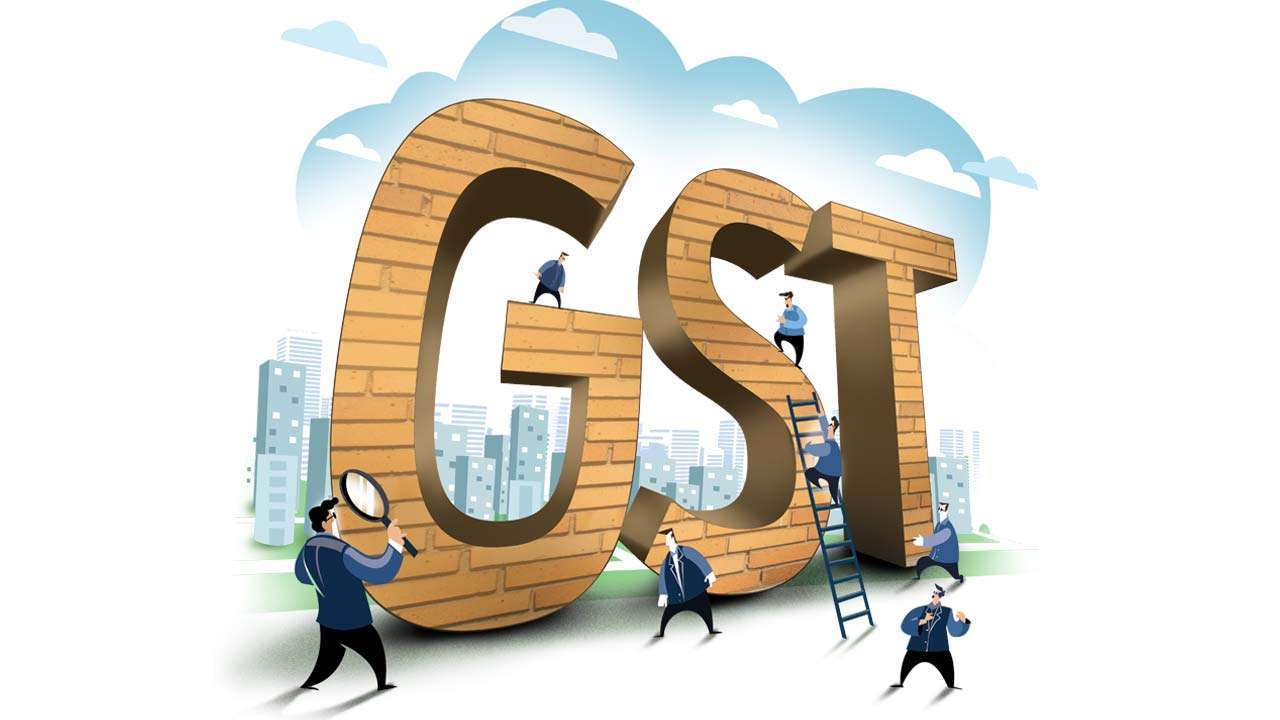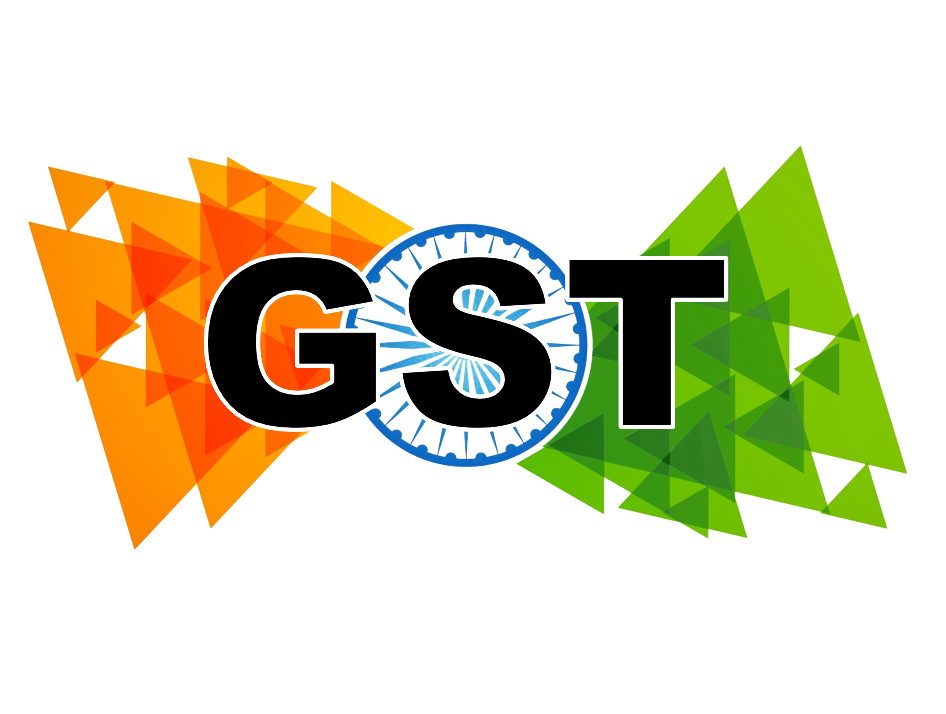GST Revenue Surges 11% YoY in July; J&K, Himachal, Maharashtra, TN Witness Significant Collection Growth

GST Revenue Surges 11% YoY in July; J&K, Himachal, Maharashtra, TN Witness Significant Collection Growth
The Goods and Services Tax (GST) collections for the month of July 2023 reached Rs 1.65 lakh crore, marking the second-highest level of collections in the current fiscal year. This substantial revenue figure can be attributed to the continued momentum in economic activities and improved compliances in the country, leading to higher collections from the indirect tax.
According to a statement issued by the Finance Ministry on Tuesday, the GST revenues for July 2023 registered an 11% increase compared to the GST revenues in the same month last year. This growth indicates a positive trend in tax collections despite the challenges posed by the pandemic and economic fluctuations.
The achievement of crossing the Rs 1.6 lakh crore-mark in GST collections for the fifth time indicates a level of stability and consistency in revenue generation through the GST system. It highlights the resilience of the tax structure and its ability to adapt to changing economic conditions.
The increased GST collections in July 2023 reflect a positive outlook for the Indian economy and indicate the potential for sustained growth in the coming months. As economic activities continue to recover and businesses adhere to better compliance practices, the government can expect to see continued growth in GST revenues, contributing to the country’s fiscal stability and development.

While the GST collections in July 2023 reached a commendable figure of Rs 1.65 lakh crore, the month-on-month growth was relatively modest, with just a 2.2% increase from the collections of Rs 1.61 lakh crore in June 2023. It indicates a slight slowdown in the pace of revenue growth from the previous month.
It is worth noting that the GST revenue had touched a record high of Rs 1.87 lakh crore in April 2023, showcasing a significant surge in collections during that month. However, subsequent months have seen fluctuations in the growth rate, with July’s collections showing a moderate rise compared to the peak achieved earlier in the year.
The fluctuating growth rates in GST collections could be attributed to various factors, including changes in economic activities, consumer spending patterns, and the impact of government policies and regulations. It is essential to monitor the trend over the coming months to understand the underlying factors influencing GST revenues and to assess the overall health of the Indian economy.
Despite the relatively lower month-on-month growth, the fact that the GST collections have remained above the Rs 1.6 lakh crore-mark for the fifth time is a positive sign for the government’s fiscal management and economic recovery efforts. The focus should be on sustaining economic momentum and ensuring robust compliance measures to support consistent and healthy GST collections in the future.

The breakdown of GST collections for July 2023, according to official data, is as follows:
1. Central GST (CGST) collections: Rs 29,773 crore
2. State GST (SGST) collections: Rs 37,623 crore
3. Integrated GST (IGST) collections: Rs 85,930 crore (including Rs 41,239 crore collected on import of goods)
4. Cess collections: Rs 11,779 crore (including Rs 840 crore collected on import of goods)
Additionally, the government has settled Rs 39,785 crore to CGST and Rs 33,188 crore to SGST from IGST, resulting in the following revenue figures for the Centre and the States after regular settlement:
1. CGST revenue: Rs 69,558 crore
2. SGST revenue: Rs 70,811 crore
It is important to note that CGST and SGST are levied by the Central and State governments, respectively, on intra-state transactions, while IGST is applicable to inter-state transactions and imports. The cess is collected to fund specific purposes like compensation for states in case of revenue shortfall.
The combined revenue from CGST and SGST after settlement is a crucial component of the overall GST collections and reflects the distribution of revenue between the Central and State governments.
Overall, the July 2023 GST collections indicate continued economic activity and improved compliance, contributing to the government’s efforts to boost revenue and support various developmental initiatives. Monitoring and sustaining this positive trend will be essential in fostering economic growth and stability in the country.
The positive trend in GST collections, with a monthly figure of Rs 1.6 lakh crore and above becoming the norm, has brought significant optimism among tax officials and experts. While tax officials believe that the new normal for GST collections per month is around Rs 1.5 lakh crore, experts are hopeful that the collections may further increase in the coming months, especially with the onset of the festive season.

Abhishek Jain, Partner & National Head – Indirect Tax at KPMG, expressed his enthusiasm about the continued growth in GST collections. He mentioned that the current trend of collections is encouraging and has brought substantial cheer. Additionally, Jain pointed out that as the normal period of limitation for FY 17-18 approaches and the festive season kicks off, this sense of cheer is expected to escalate further.
The festive season in India, which typically includes events like Diwali, Dussehra, Navratri, and Christmas, is a period of increased economic activity. During this time, consumers tend to indulge in higher spending, leading to a boost in sales and transactions, which could positively impact GST collections.
The combination of approaching normalcy in terms of compliance and the festive season ahead has created an optimistic outlook for GST collections, and stakeholders are hopeful that the collections will continue to show positive growth in the coming months.
The data indicates that several States and Union Territories in India have experienced notable growth in GST collections during the early months of the financial year. Himachal Pradesh and Chandigarh witnessed a growth of 23% each, Jammu and Kashmir saw a growth of 27%, Delhi recorded a growth of 25%, Tamil Nadu experienced a growth of 19%, and Maharashtra observed a growth of 18% in their GST collections.
Despite it being early in the financial year, there is optimism that the target for GST collections will be met. For fiscal year 2023-24, the government aims to raise Rs 9.56 lakh crore from GST, which represents an 11.9% increase from the Revised Estimate of Rs 8.54 lakh crore in the previous fiscal. Within this target, CGST receipts are budgeted to reach Rs 8.11 lakh crore, compared to Rs 7.24 lakh crore in the Revised Estimate for the previous fiscal.

The increase in GST collections in various regions and the government’s target for the current fiscal year indicate a positive outlook for GST revenue. However, it is essential to monitor the economic situation and various factors, including compliance, the progress of the festive season, and overall economic growth, to assess the likelihood of meeting the set collection target successfully.




